Pistols Roth and Krnk: models 1900 and 1907
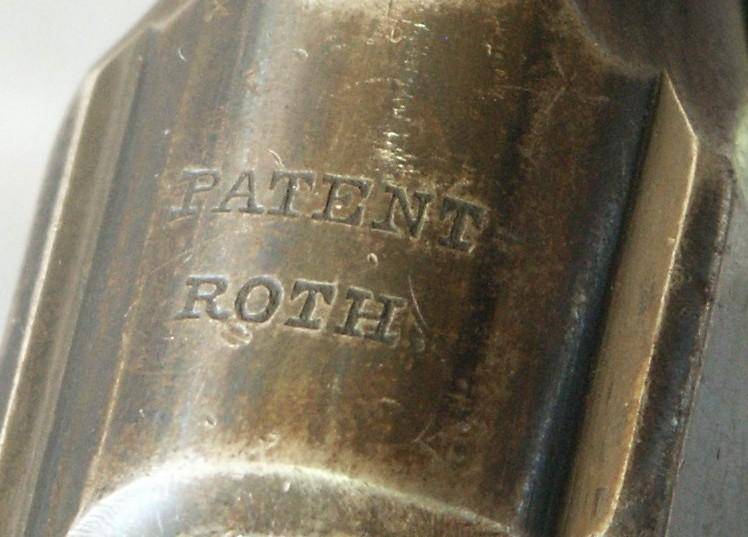
The barrel of the pistol "Rot-Sauer" M1900 "Galantika" (such was his commercial name) with the brand of Georg Roth. Photo: forgottenweapons.com
- Invented! Maremukha started up at once. “I wouldn’t trade a gun for anything. I need him myself.
“Need, need!” I mimicked Maremukha. “It will still be taken from you.
- Who will take it? Maremukha was alarmed.
Who knows: the police.
Who needs him? He's rusty.
- Well, what is it? Does not matter weapon.
"Old Fortress" V. Belyaev
Weapon stories. Cooperation between the well-known owner of two cartridge factories in Vienna and Pressburg (now Bratislava) Georg Roth and weapons designer Karel Krnk soon bore fruit. Having become the manager of one of Roth's enterprises in 1898, Karel Krnka already in 1900 co-authored a new pistol with him. It is difficult to say, of course, what part of the work on its creation each of them invested. Most likely, Krnka was still the “chief mechanic”, but Roth supplied cartridges to his partner, and it is clear that in abundance, offered ideas and provided the designer with the production capacities of his enterprise.
“The ideas are yours, but the cartridges are mine!”
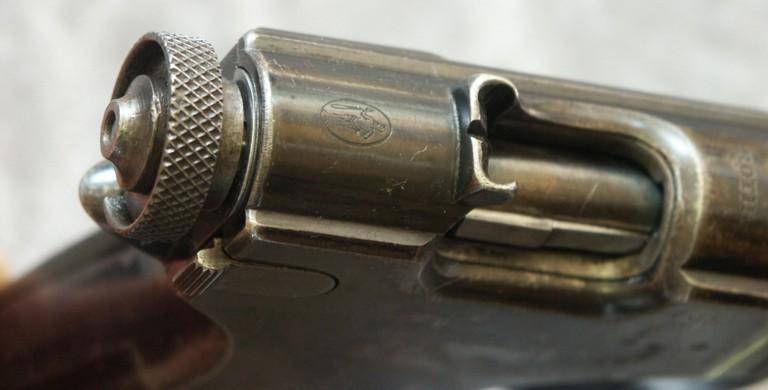
The bolt frame of the same pistol with the stamp of the Sauer and Son company - a naked man with a club in an oval. Photo: forgottenweapons.com
The pistol was distinguished by complex automation and was made in the style of the 1895 model of the year. It also used a long-stroke barrel, albeit a fairly low-powered 7,65 mm Rota cartridge. By combining both of them, a weapon came out that was overcomplicated and quite expensive, but “weak”. The pistol was tested in Switzerland and Austria, but was not adopted by the army. However, he still hit the arms market. Under the designation "Rot-Krnka" arr. In 1900, the German company Sauer began to produce it in small batches. So he became known to many also as a Rot-Sauer pistol. Then, licenses for the production of all Rota-Krnka pistols began to be sold to other arms firms right and left, which was due to the fact that Roth himself did not even get involved in the production of pistols. Apparently, he had enough of his cartridge factories. This pistol was also used during the First World War - in the Austro-Hungarian army, but in an unofficial way.
TTX pistol "Rot-Sauer" М1900
Caliber: 7,65x13 mm
Length: 170 mm
Barrel length: 100 mm
Weight unloaded: 0,655 kg
Store: 7 rounds
"Cool boss and his talented patron"
At the same time, Roth established his cooperation with the weapons company in Steyr, where in 1904 another pistol of Karel Krnk and Georg Roth "Rot-Steyr" appeared. It was improved for three whole years, until, finally, the M1907 model was adopted by the cavalry of the Austro-Hungarian army. For some reason, the designer for this weapon took an atypical "too simple" scheme with a short barrel stroke. The store, compared to the pistol of 1904, was enlarged, but the caliber remained the same. True, now it used a new original ammunition: the 8 mm Rota flangeless cartridge.
Unlike the 1900 model of the year, the Rot-Steyr pistol mod. 1907 never entered the commercial market - it was a purely military weapon. Production was completed around 1914, with about 1908 made in Steyr between 1913 and 50. In Budapest, their release was carried out for the Hungarian Honved (part of the Austro-Hungarian army), and in 000-1911. about 1914 of them were made there. Some of these pistols were already produced during the war, since the war required a lot of weapons. So in total, it is believed that more than 30 of them were made. But the most interesting thing happened to this pistol after the war. The Austro-Hungarian monarchy collapsed, and a trophy batch of pistols arr. 000. They went to Italy and were used there throughout the Second World War.
First joint
Now let's get acquainted with this original weapon in more detail. The Rot-Sauer pistol, as already noted, had automatics that used the recoil energy of the bolt and barrel, linked together, with the latter's long stroke. In this case, the locking and unlocking of the shutter occurred due to its rotation. As for the trunk, it had two pairs of protrusions. With the help of one, it is fixed inside the receiver, while the other pair helps it to engage with the bolt. The trigger on the pistol is open.
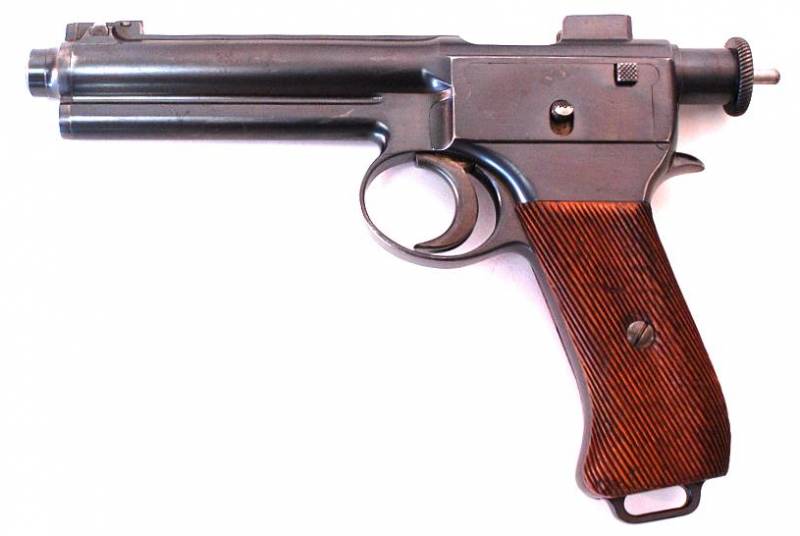
"Roth-Sauer" M1907. View from the left. Pay attention to the thin handle, generally characteristic of clip-fed pistols. It was convenient to hold it in your hand, and therefore shoot accurately from it. Photo littlegun.be
Such a system operates traditionally: moving back immediately after the shot, the bolt, together with the barrel, fell into the helical groove with its protrusion and rotated 20 °. The bolt and barrel were disengaged, and the bolt was locked in the rearmost position. The barrel, now held only by its own return spring, returned back due to it. In this case, the spent cartridge case was extracted. In the middle position, the barrel had to “run into” a special lever that served to unlock the bolt. Now he, too, moved forward after the barrel, sent a new cartridge into the chamber from the magazine, turned in the opposite direction, while locking the bore, and, already being linked to the barrel, moved forward with it until it stops. The pistol had a striker-type trigger with the possibility of self-cocking.
The pistol safety is quite original. This is the clutch at the back of the bolt. If it is rotated around its axis, then the shutter locks. It cannot be moved, and since it cannot be moved, it is impossible to shoot!
The magazine on the pistol was provided with a box-shaped, permanent, with a capacity of seven rounds and was located in the handle. It was possible to equip it with the help of a clip with the shutter open.
Short stroke, rotating barrel...
In the Rot-Steyr M1907 pistol, the automation had a short barrel stroke. In this case, the barrel was inside a tubular casing that covered the return spring. The shutter looked like a cylinder, hollow in front (it covered the breech breech) and massive in the back. Like the previous sample, the barrel of this pistol had one pair of protrusions in front, with which it slid along the spiral grooves made on the muzzle casing, and a pair at the back, with which it engaged with the corresponding grooves on the bolt.
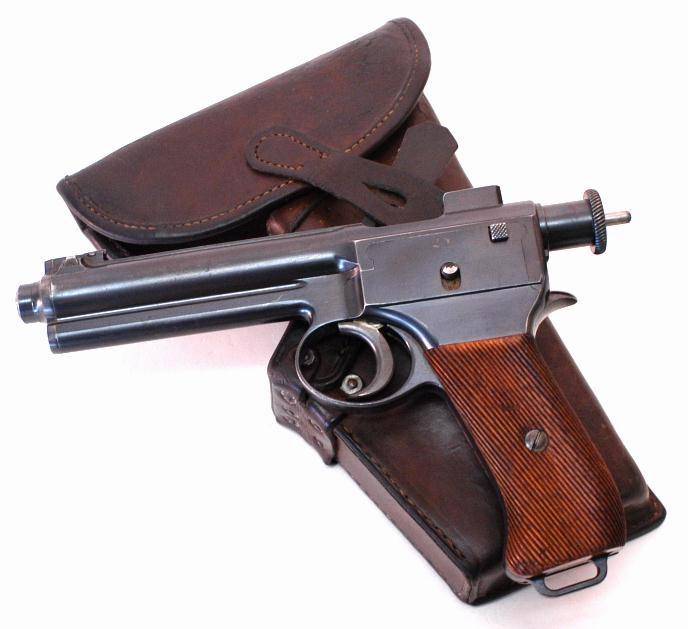
"Rot-Steyr" M1907 with a holster. Photo littlegun.be
After the shot, the barrel, together with the bolt, moved back to a distance of about 12 mm. The barrel, moving with its protrusions along the spiral grooves on the casing, while turning 90 ° around its axis. At the same time, it disengaged from the shutter and, after that, it stopped. The shutter continued to move back by inertia, removed the spent cartridge case, picked up the top one from the magazine and returned back, that is, forward, and sent the cartridge into the chamber. At the same time, he also shook the trunk “waiting” for him from a place, and then they moved on together. At the same time, the barrel turned again and firmly engaged with the bolt.
TTX pistol "Rot-Steyr" М1907
Caliber: 8x13 mm (Georg Roth cartridge)
Length: 243 mm
Barrel length: 126 mm
Weight unloaded: 1,004 kg
Store: 10 rounds
The descent of the pistol was heavy, but it was done that way on purpose. Moreover, when the shutter went forward, its drummer remained in place, held by a sear. Pulling the trigger itself did not immediately fire the shot, but first pulled the drummer back. In this case, the mainspring was compressed and acted on the sear until the trigger was fully depressed. It was then that only a whisper released the drummer for a shot.
Protection against accidental shot
Such a device was supposed to prevent accidental shots that could be caused by shaking and jerking during the jump. But there are simply no manual safety locks on this pistol. They just didn’t have them on most revolvers, but they were also intended for cavalry. The capacity of a single-row magazine was ten rounds. Loading the pistol still remained obojmennoy.
The store had to be equipped with the shutter open through a special window made in the receiver. A clip full of cartridges was inserted into the grooves of this window, and the cartridges were squeezed out of it downwards with a finger into the magazine. Then the clip had to be pulled out and the bolt closed. At the same time, he automatically sent the first cartridge into the chamber. The magazine could be unloaded by pressing the bolt lock button on the left side of the pistol frame. At the same time, the cartridge movement limiter in the store was turned off, and all cartridges were ejected by a spring through the same window in the receiver.
The pistol as a whole proved to be quite good in a combat situation, but was too complicated to manufacture. In addition, the practice of their use has shown that clip-fed automatic pistols are a dead end branch of their development. Be that as it may, this pistol turned out to be the world's first example of such a weapon, adopted by such a massive army formation as the cavalry of the Austro-Hungarian monarchy.
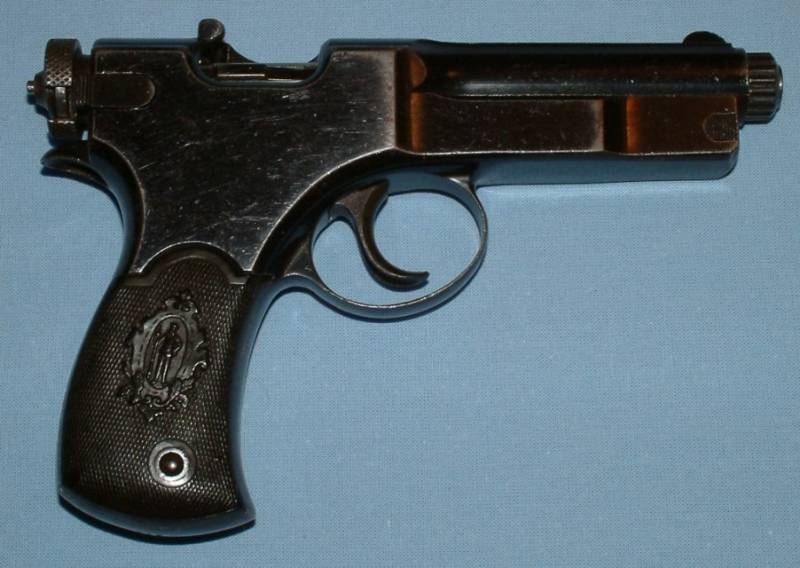
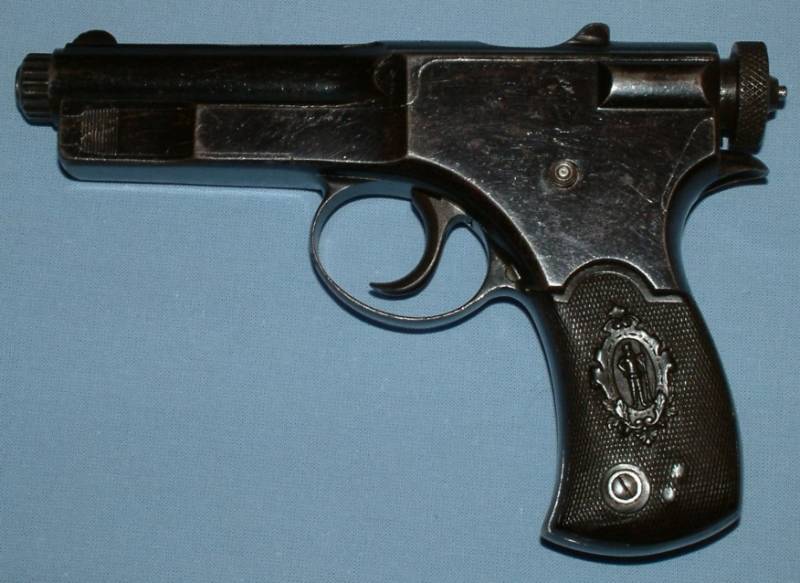
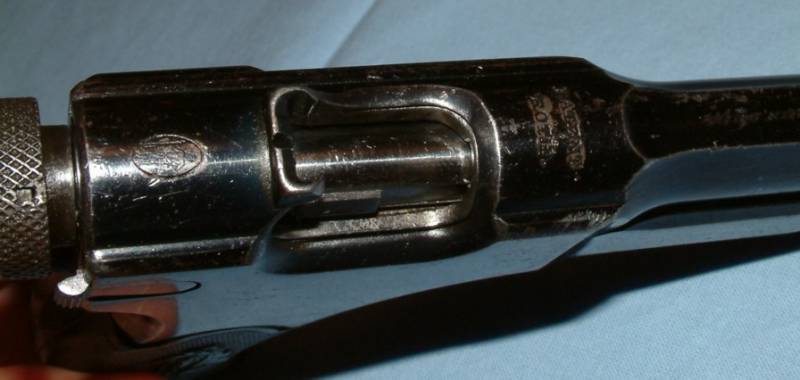
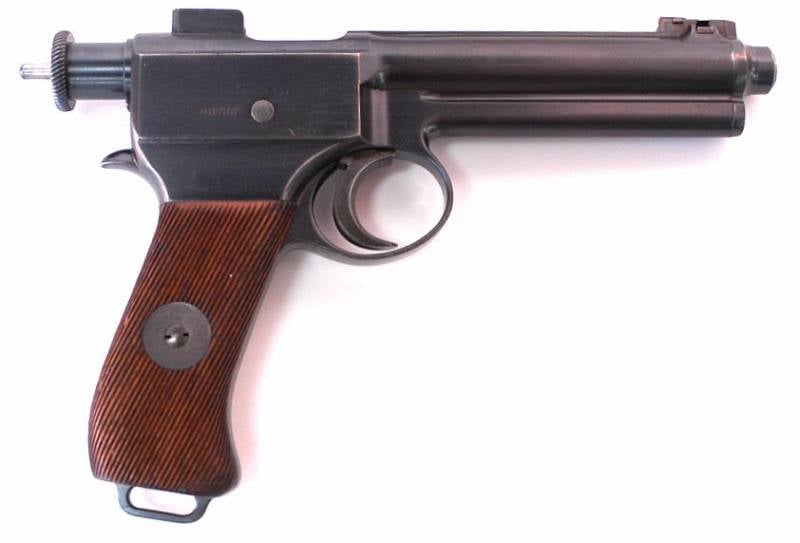
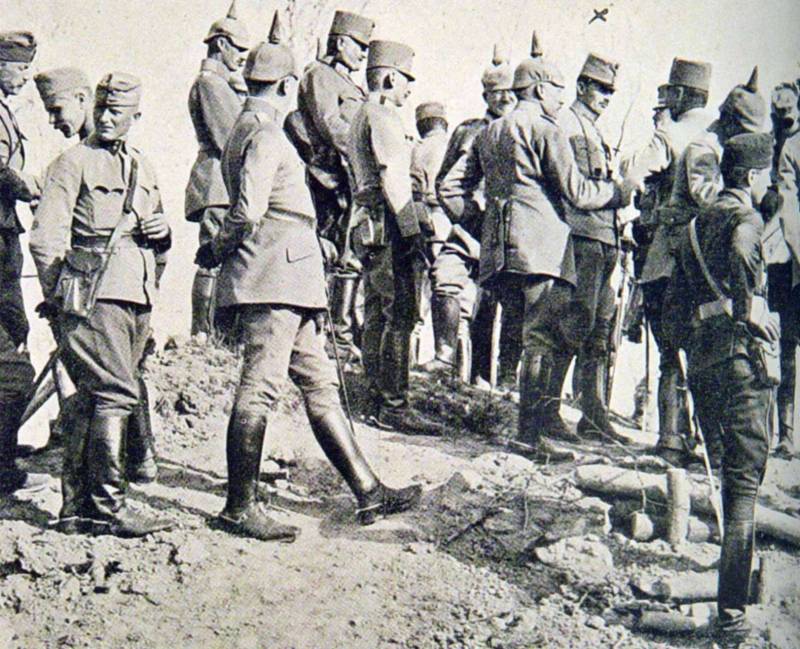
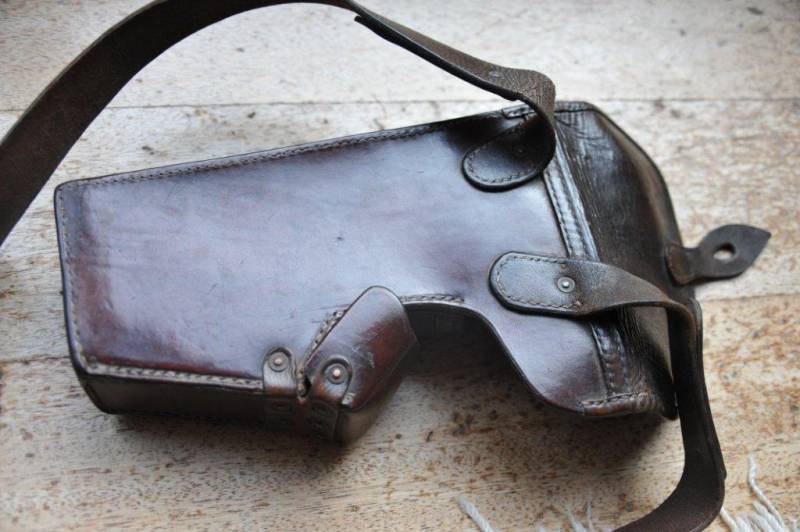
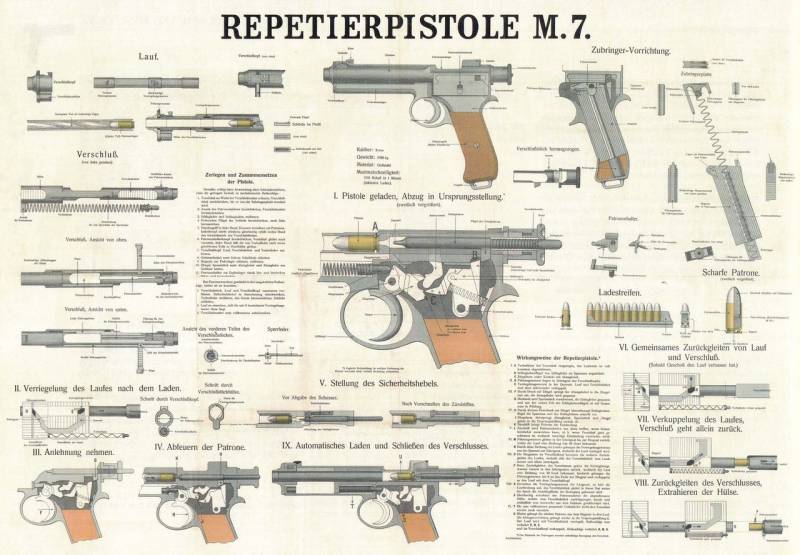
Information